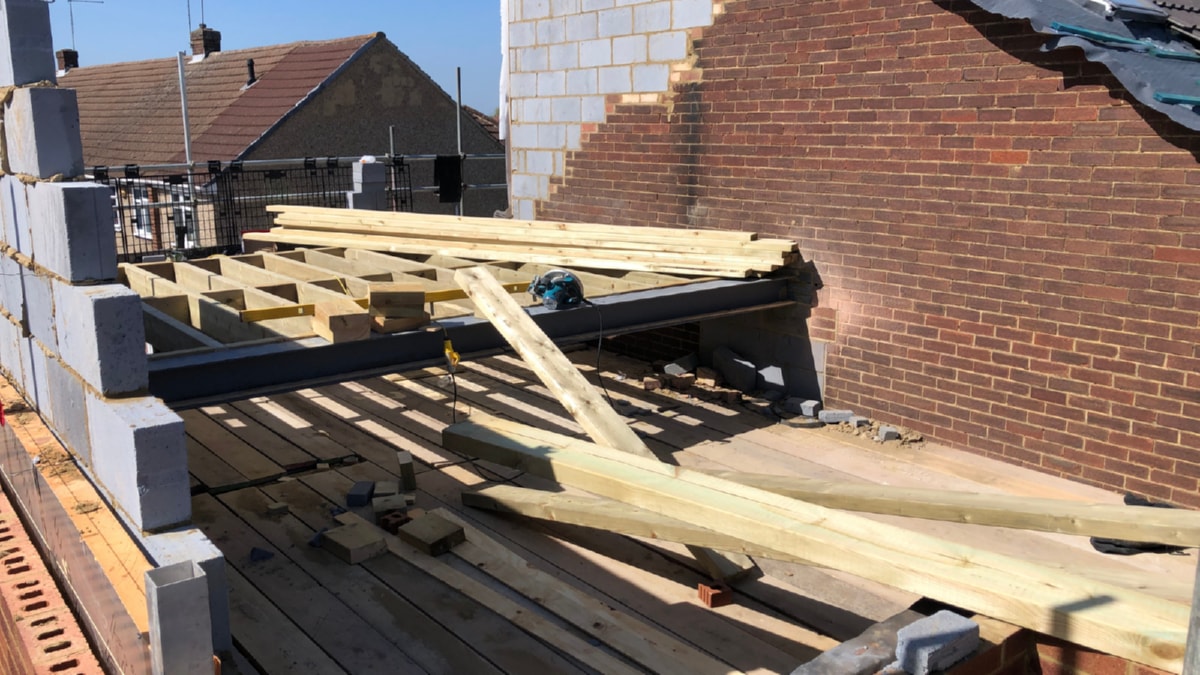The construction industry has been traditionally associated with environmental degradation due to its high consumption of raw materials, energy, and waste production. However, the industry is witnessing a seismic shift towards sustainable practices, commonly known as green building practices. These practices involve the creation of structures and utilizing processes that are environmentally responsible and resource-efficient throughout a building’s life-cycle. The adoption of green building practices has profound implications on the construction industry, influencing everything from materials selection to waste management strategies.
One of the most significant impacts of green building practices on the construction industry is the transformation of building design and materials selection. Green construction promotes the use of sustainable, recycled, and locally sourced materials, which reduces the industry’s dependence on natural resources. Reclaimed wood, recycled steel, and low-VOC paints are now commonplace in many construction projects. Additionally, green building practices favor designs that maximize natural light, reduce energy consumption, and improve indoor air quality, leading to innovative architectural solutions.
Another impact of green building practices is evident in the energy efficiency of buildings. Green buildings often incorporate renewable energy sources like solar or wind power, energy-efficient appliances, and superior insulation to reduce energy consumption. This shift towards energy-efficient buildings not only lowers greenhouse gas emissions but also reduces operational costs, making green buildings more cost-effective in the long run. Energy modelling, a tool used to predict a building’s energy use, is now a standard practice in green building design.
Green building practices also affect waste management strategies within the construction industry. Traditionally, construction and demolition waste has been a significant contributor to landfills globally. However, green building encourages waste reduction, reuse, and recycling, leading to more sustainable construction waste management. Many green buildings now feature rainwater harvesting systems, greywater recycling systems, and composting toilets, all of which significantly reduce waste and water usage.
The adoption of green building practices also has financial implications for the construction industry. While green buildings can cost more upfront due to higher quality materials and complex design elements, they offer considerable long-term savings. Green buildings typically have lower maintenance and utility costs, making them attractive to property owners and tenants. Moreover, many governments worldwide offer incentives, such as tax breaks and grants, for buildings that meet certain green building standards, further encouraging the industry’s shift towards sustainable practices.
Moreover, green building practices have given rise to new job opportunities within the construction industry. These include roles such as green building consultants, energy auditors, and sustainability managers. As demand for green buildings continues to grow, so too will the need for professionals with expertise in sustainable construction methods.
In conclusion, green building practices are revolutionizing the construction industry. They are encouraging more sustainable materials selection, design choices, energy practices, waste management strategies, and financial considerations. While the transition to green building may present challenges, the benefits to the environment, economy, and society at large make it an exciting and necessary evolution in the construction industry. The future of construction is undoubtedly green.
For more details, check best masonry services or visit their business listing here.



